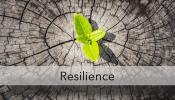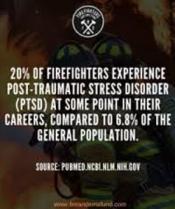McHenry Township Fire Protection District
Phone: (815) 385-0075
Lt. Joe Winkie
Peer Support Lead


Resilience
What is resilience?
Five aspects of resilience
Physical: enables you to recover quickly from exhaustion and illness
Mental: allows you to assimilate information quickly, see multiple points of view, and focus on what’s essential
Emotional: enables you to remain calm under pressure
Social: helps you to overcome resistance and to ask for and accept help
Spiritual: brightens your life and inspires others
How can you encourage and support resilience in yourself and others?
Short-term
Engage in positive self-talk
Take one step today to take care of a physical, emotional, or mental need
Find the opportunity in the problem or challenge, and focus on it
Ask for help when you need it; don’t wait
Long-term
Develop strong social support systems
Engage in positive self-talk
Develop and implement a plan to strengthen the five aspects of resilience listed above
Take care of your physical, emotional, and mental needs
Develop the mindset that you always get to choose how you experience setbacks
Apply the skills of emotional intelligence
Proactively ask for help and then accept it

PTS/Acute Stress Disorder/ Post Traumatic Stress Injury

